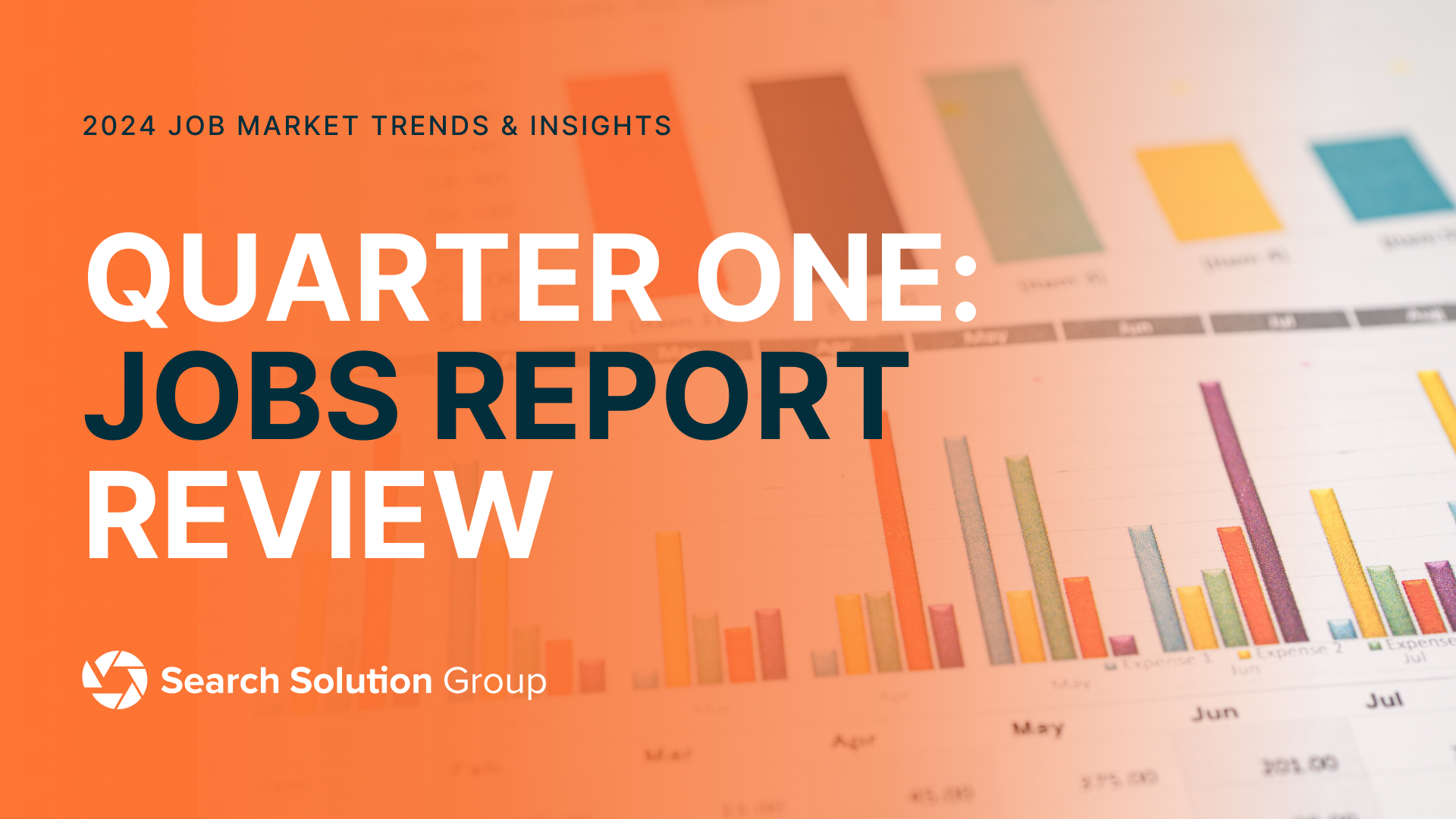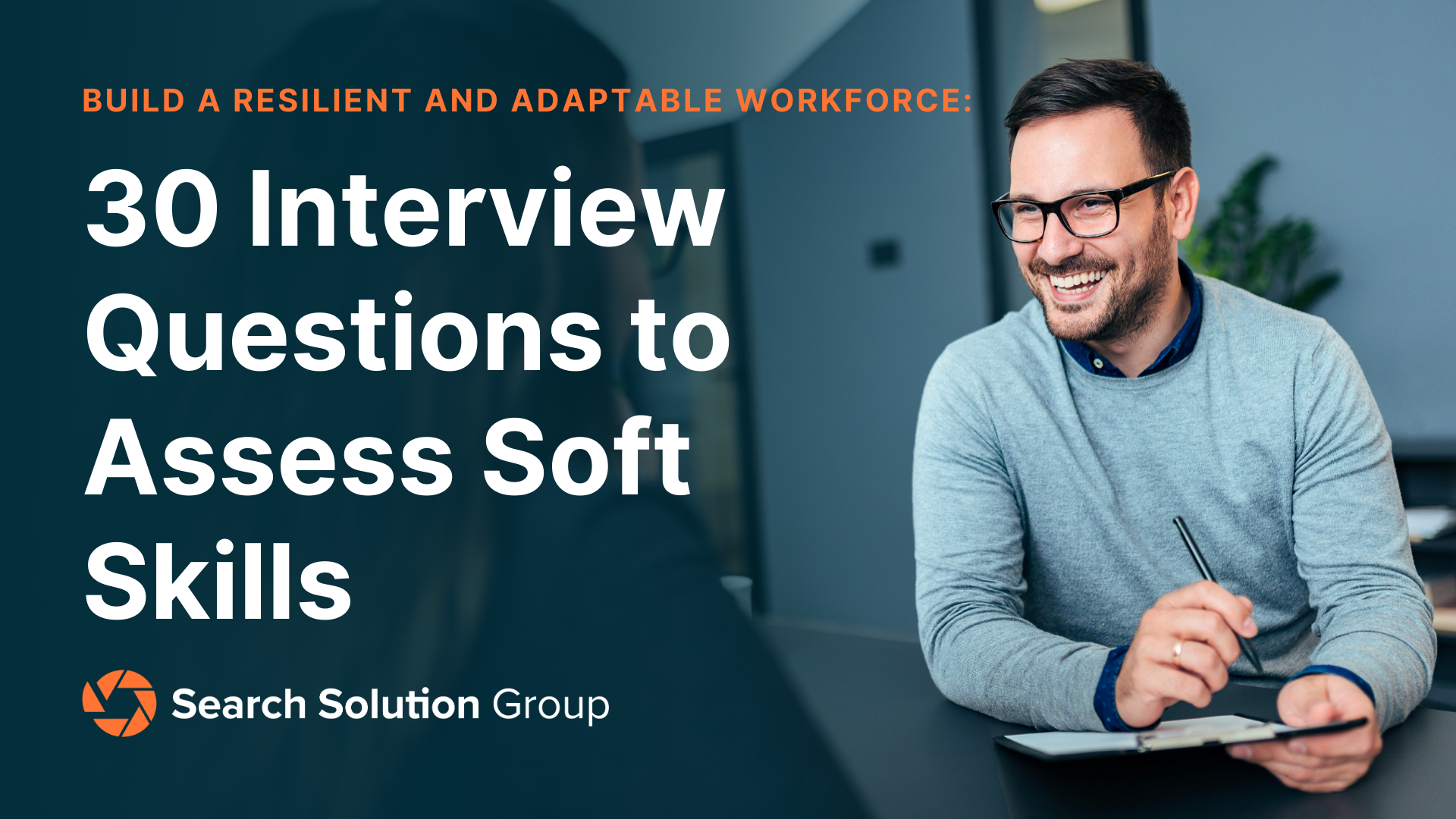Performance reviews are a critical component of effective leadership. They provide an opportunity to assess an employee’s progress, set expectations, offer feedback, and ultimately drive organizational success. However, many leaders find conducting performance reviews to be a daunting task. In this guide, we will explore the best practices for conducting performance reviews and provide valuable insights for leadership.
1. Understand the Purpose of Performance Reviews
Before diving into conducting a performance review, it’s essential to understand its purpose. Performance reviews serve several key functions:
Feedback: They offer employees feedback on their performance, highlighting their strengths and areas that need improvement.
Goal Setting: Performance reviews help set clear and achievable goals for the upcoming year or specific performance period.
Career Development: They support employees’ career development by identifying areas where they can grow and acquire new skills.
Alignment: Performance reviews ensure that individual employee goals align with the organization’s objectives.
Recognition: They provide an opportunity to recognize and reward exceptional performance.
2. Prepare in Advance
Preparation is the key to a successful performance review. Here are some steps to ensure you are well-prepared for the review:
Collect Data: Gather employee performance information throughout the review period. This may include performance metrics, self-assessments, peer feedback, and any relevant documents.
Set an Agenda: Outline the topics you want to discuss during the review. This should include achievements, areas for improvement, and goal setting.
Self-Assessment: Review your own feedback and performance expectations for the employee. Reflect on how well you communicated expectations and supported their growth.
3. Choose the Right Time and Place
Selecting the right time and place for a performance review is crucial. Ensure that you and the employee have sufficient time without distractions. Schedule the review at a time when both of you are fresh and attentive. The environment should be private and conducive to open and honest communication.
4. Create a Comfortable Atmosphere
When it’s time for the performance review, set a tone encouraging open and honest communication. Start by creating a comfortable atmosphere. You can begin with a few minutes of casual conversation to put the employee at ease.
5. Start with Positives
Initiating the conversation on a positive note is essential. Begin by discussing the employee’s achievements and strengths. This helps create a positive and motivating environment for the rest of the review.
6. Discuss Areas for Improvement
After highlighting strengths, it’s time to address areas that require improvement. Be specific in your feedback and provide examples of where the employee may have fallen short. Avoid making it personal; focus on the behavior or performance, not the individual.
7. Set Clear Goals
Effective goal setting is a fundamental part of performance reviews. Collaboratively set clear, measurable, and attainable goals with the employee. These goals should be aligned with the organization’s objectives and the employee’s career development.
8. Listen Actively
A performance review is not a one-way communication; it’s a dialogue. Encourage the employee to share their thoughts and concerns. Listen actively and ask clarifying questions to ensure you understand their perspective.
9. Provide Constructive Feedback
Feedback should be constructive and actionable. Avoid general statements like “You need to improve your communication.” Instead, offer specific examples and suggest ways to improve. For instance, “In meetings, you could improve your communication by summarizing key points at the end to ensure everyone is on the same page.”
10. Recognize and Reward
Recognizing and rewarding exceptional performance is crucial to the performance review process. Acknowledge the employee’s achievements and contributions. This recognition can be in praise, a bonus, or other incentives.
11. Document the Review
It’s important to document the performance review thoroughly. This includes summarizing the discussion, noting the agreed-upon goals, and any action items. Proper documentation helps keep everyone accountable and serves as a reference for future reviews.
12. Follow Up
The performance review shouldn’t be a one-off event. Plan for regular follow-ups to monitor progress, provide support, and make adjustments if necessary. Continuous feedback and support are vital for employee growth.
13. Address Employee Development
Part of leadership is fostering the growth and development of your team members. During the performance review, discuss opportunities for training, skill development, or mentorship programs that can help the employee advance in their career.
14. Handle Difficult Conversations with Care
Sometimes, performance reviews may involve addressing difficult issues or poor performance. It’s crucial to handle such conversations with care and sensitivity. Focus on specific behaviors, not personality, and provide guidance on how to improve.
15. Be Consistent
Consistency is key in the performance review process. Ensure that you apply the same standards and criteria to all employees. This promotes fairness and prevents favoritism.
16. Seek Feedback from the Employee
Ask the employee for feedback on the process at the end of the review. What could be improved in how reviews are conducted? This demonstrates your commitment to their growth and helps refine your approach.
17. Train and Develop Your Leadership Skills
Conducting effective performance reviews requires strong leadership skills. If you find the process challenging, consider seeking training or coaching to improve your ability to provide feedback, set goals, and lead your team effectively.
18. Adapt to Remote Work
In the era of remote work, the performance review process may have changed. Ensure that you adapt to the challenges and opportunities presented by remote work, such as utilizing video conferencing and digital tools for communication and documentation.
19. Stay Updated on Best Practices
The world of HR and leadership is constantly evolving. Stay informed about the latest trends and best practices in performance management to ensure your reviews remain relevant and practical.
20. Be Human
Remember that your employees are human beings with their own motivations, concerns, and goals. Approach performance reviews with empathy and understanding. Show that you genuinely care about their development and success.
In conclusion, conducting a performance review is an essential aspect of leadership. It can motivate employees, improve performance, and align individual and organizational goals when done effectively. By following these best practices and continuously refining your approach, you can become a more effective leader and help your team achieve tremendous success.
Helpfull Links:
Direct Hire Recruitment Services





